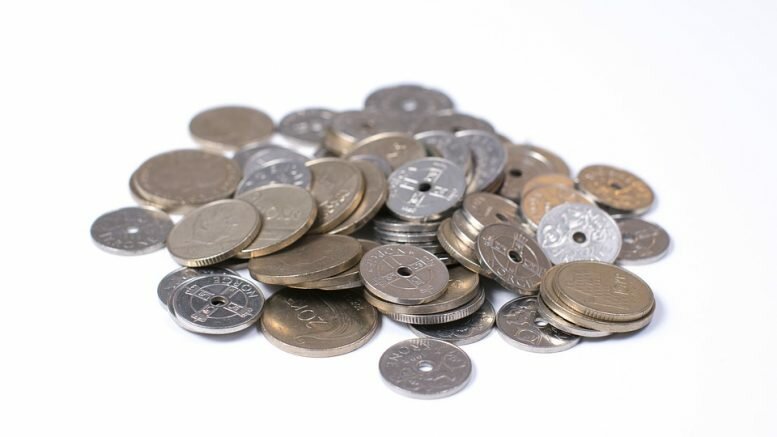Since 2006, the economic inequality in Norway increased by 14 percent, according to figures from the Technical Reporting Committee (TRC).
The TRC’s Assessment Report, which was published Wednesday shows that we keep getting bigger differences, according to Klassekampen.
Economic inequality is measured internationally by means of the Gini coefficient. Using this method Norway, followed by Iceland, has long been the country with the least class divisions in Europe.
From 2006 to 2015, Norway’s Gini figures have gone from 0.216 to 0.247, an increase of more than 14 percent, if dividends are included as income. Under the current Government the number has skyrocketed. From 2013 to 2015 inequality increased by 9.7 percent.
– This is the trend which applies to many countries and has been with us for quite a while, says the head of the TRC, Ådne Cappelen.
Erlend Wiborg (Progressive Right, FRP), Deputy Chairman of the Committee for Labour and Social Affairs, said immigration is a major cause of the increased inequality.
– This is also reflected in poverty. A society will always have some differences, which is good, but they should not be too large, he said.
Leader of The Socialist Left Party (SV), Audun Lysbakken, says that society is heading in the wrong direction, and believes politicians can change the trend.
– We can change the Working Environment Act, strengthen the labour movement, counteract social dumping and growth in temporary jobs, he says.
Source: NTB scanpix / Norway Today




